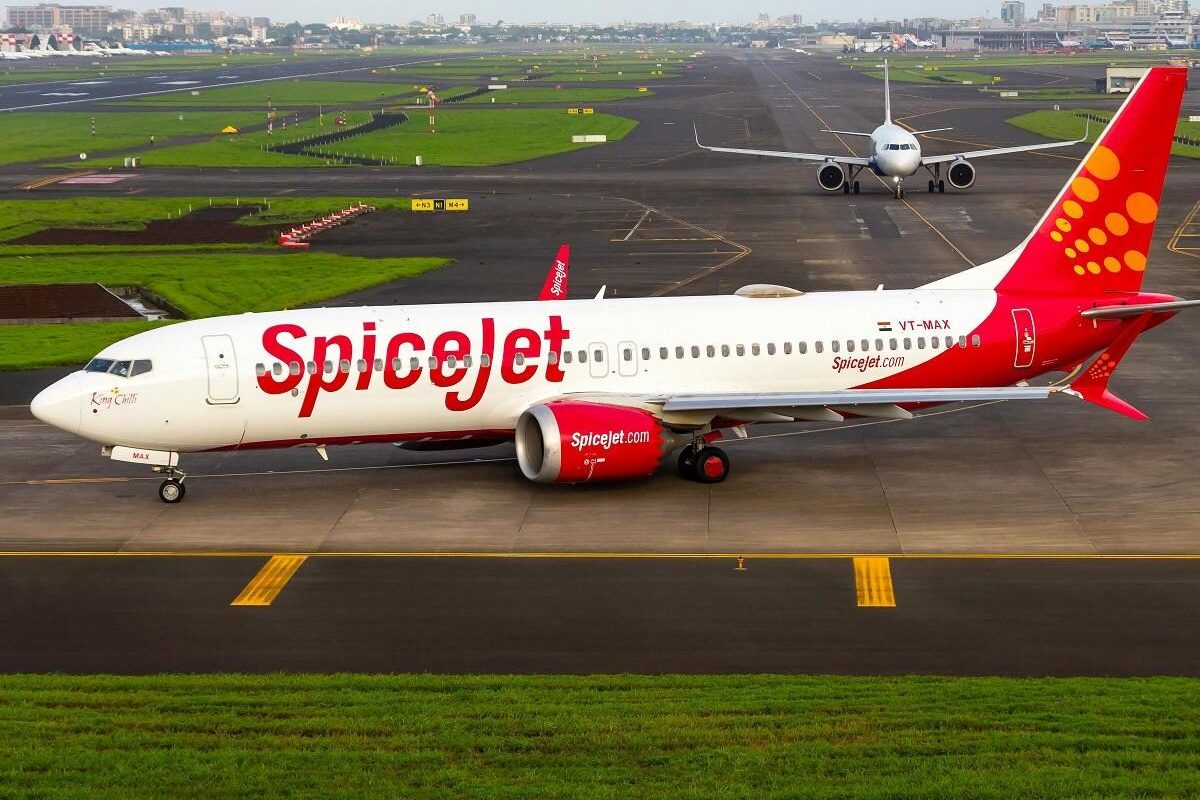The SpiceJet share price found fresh momentum in the market today, with the stock moving higher as investors reacted to the airline’s latest operational update. The focus shifted quickly toward the carrier’s fleet expansion roadmap, expected to play a key role in its turnaround story on the NSE and BSE.
Short bursts of buying interest built up after the company outlined a clear plan to strengthen its operational fleet, widen its network, and streamline costs at a time when the broader stock market today remained cautious.
Market Performance: SpiceJet Share Price Sees a Push
SpiceJet opened the session on a positive note, mirroring the upbeat reaction that came after its new operational guidance.
- Share price: ₹37.40
- Intraday rise: Over 5%
- 1-month performance: +12%
- 6-month performance: –18%
- 2025 YTD: –35%
The numbers reflect the volatility the stock has seen this year, but the latest update brought back a sense of movement around the airline’s recovery efforts.
Main News: SpiceJet Targets a Bigger Fleet by 2025-End
The heart of the market reaction came from SpiceJet’s detailed fleet plan. The airline confirmed that its operational fleet, which stood at 21 aircraft in June, had slipped to 19 aircraft in September. Despite the dip, the carrier laid out a path to bring several grounded planes back in service.
According to the company:
- 8 grounded Boeing aircraft are scheduled to return to service by April 2026.
- 4 aircraft will rejoin during the early winter period to handle peak travel demand.
- 2 aircraft have already been inducted back into the operational fleet.
- Up to 2 more will return by December 2025.
- The remaining 4 are expected to come back by early summer 2026.
Once this cycle is completed, SpiceJet aims to double its operational fleet by the end of 2025, which the company calls a major milestone in its long-term scale-up plan.
Alongside the fleet reboot, SpiceJet highlighted that it expects to nearly triple its Available Seat Kilometres (ASKM)—a key measure of airline capacity.
Higher capacity & better aircraft utilisation are expected to help the airline improve its cost structure, especially its CASK (Cost per Available Seat Kilometre).
SpiceJet also noted that its liability restructuring efforts are progressing, with key adjustments expected during Q3 and Q4, helping strengthen the balance sheet.
Company Details: SpiceJet Q2 Numbers Show Pressure
The latest quarterly results offered a clearer look at the stress points.
Q2 Financial Highlights
- Net Loss (Q2 FY26): ₹621 crore
- Net Loss (Q2 FY25): ₹458 crore
- Revenue from Operations: ₹792 crore
- Revenue YoY: Down from ₹915 crore (–13%)
In its filing, the airline explained that the quarter was weighed down by:
- Dollar-based future obligations
- Higher carrying cost of grounded fleet.
- Additional expenses toward returning aircraft to service
- Airspace restrictions leading to higher operating costs
The quarter, seasonally weak by nature, saw higher costs dominate the performance even as the company continued its restructuring efforts.
Summary: Fleet Expansion Becomes the Central Story for SpiceJet
The mood around SpiceJet NSE and SpiceJet BSE today was shaped largely by the company’s roadmap rather than its recent financial performance.
With:
- A clear timeline for returning grounded aircraft
- A plan to double the operational fleet
- A push to boost ASKM
- A continued focus on cost structure & liabilities
SpiceJet has put forward a structured outline for its next phase of operations.
The share price reflected that shift in sentiment, even as the company continues to navigate challenges on the financial front.




 Easy & quick
Easy & quick
Leave A Comment?